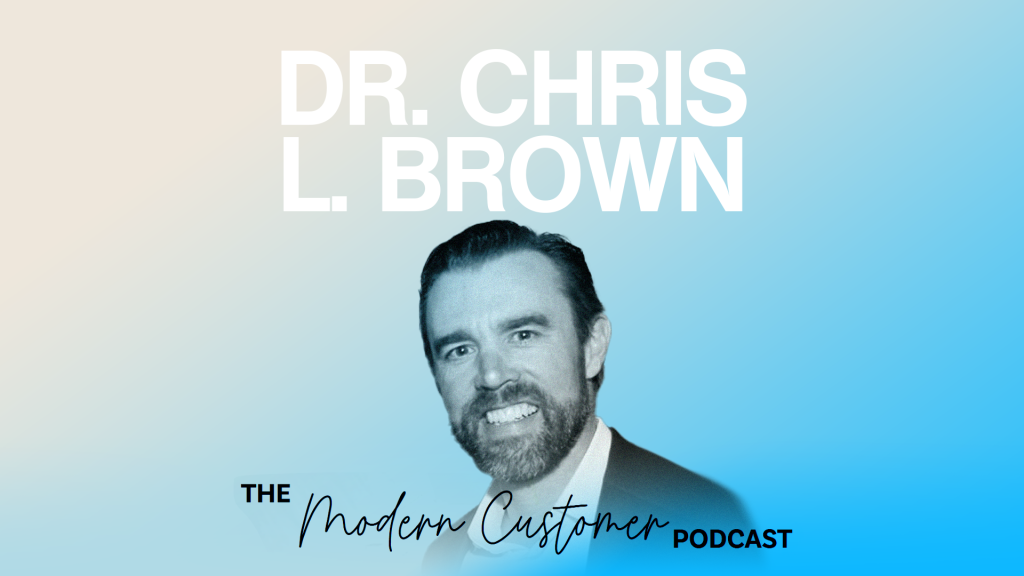What is a customer-centric culture? According to Dr. Chris L. Brown, CEO and Co-Founder of MarketCulture, it’s the environment, behaviors, and how work gets done. At customer-centric companies, the culture revolves around providing an excellent customer experience. That strong culture starts with leaders who set the tone for embracing customers and having a customer-centric mindset.
Based on conversations with the world’s most customer-centric leaders, Chris created a framework with eight strategies for building a customer-centric culture:
- Customer insights. Customer-centric companies have a powerful capability and knowledge of the needs of their customers. They take time to get to know their customers and what makes them tick.
- Customer foresight. Think ahead for customers and what the future holds for them. Where are they going? What needs are arising?
- Competitor insights. Paying attention to the competition isn’t the primary focus of leading companies, but they do track what other companies are doing.
- Competitor foresight. Similar to customer foresight, this strategy considers what’s next for the competition and the competitive future at large. How can you compete with a changing industry or as new competitors arise? What would you do if a major player moved into your space?
- Peripheral vision. This strategy considers all the things going on in the marketplace and the world that affect the company. Paying attention to what’s happening around you instead of keeping your head down helps brands be more aware of what’s affecting their customers, from the rise of AI to global economic worries and new technology. Leading brands think about how things in the periphery will impact them and their customers.
- Empowerment. The last three strategies are internal in terms of how a business operates. When companies have an empowered culture, employees have the ability to do the right things for customers. They have the tools and resources they need to solve customer problems in the moment.
- Collaboration. Customer-centric companies are collaborative and involve everyone in the work. It’s not just the customer experience team that cares about customers—it’s a cross-functional and collaborative system that helps everyone improve customer relationships.
- Strategic alignment. Customer experience directly impacts the bottom line. When companies have strategic alignment, they believe CX is important to the business and plays a crucial role in the overall strategy.
These eight strategies are seen in many of the world’s leading customer-centric companies but apply to brands of all sizes and industries. Chris says that, ultimately, it comes down to the leader modeling the behaviors they want to see across the organization. If a leader spends time with customers and is engaged with the metrics and building relationships, the rest of the employees will follow suit. As Chris says, “If the leader isn’t engaged with customers, how can they expect everyone to be engaged with customers?”
A customer-centric culture comes through in a brand’s everyday actions, from how it organizes its internal teams to the technology it uses and involves customers. Any company can become customer-centric by following these eight strategies and having a leader’s strong example.
_________________
Blake Morgan is a customer experience futurist and the bestselling author of The Customer of the Future. For regular updates on customer experience, sign up for her weekly newsletter here.

